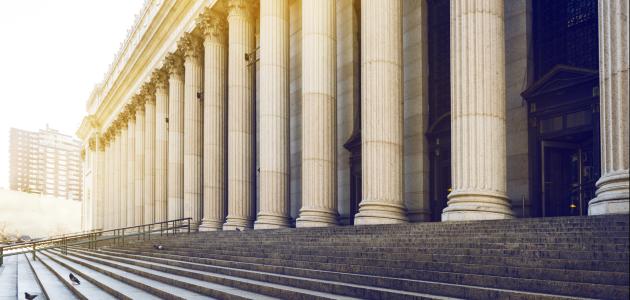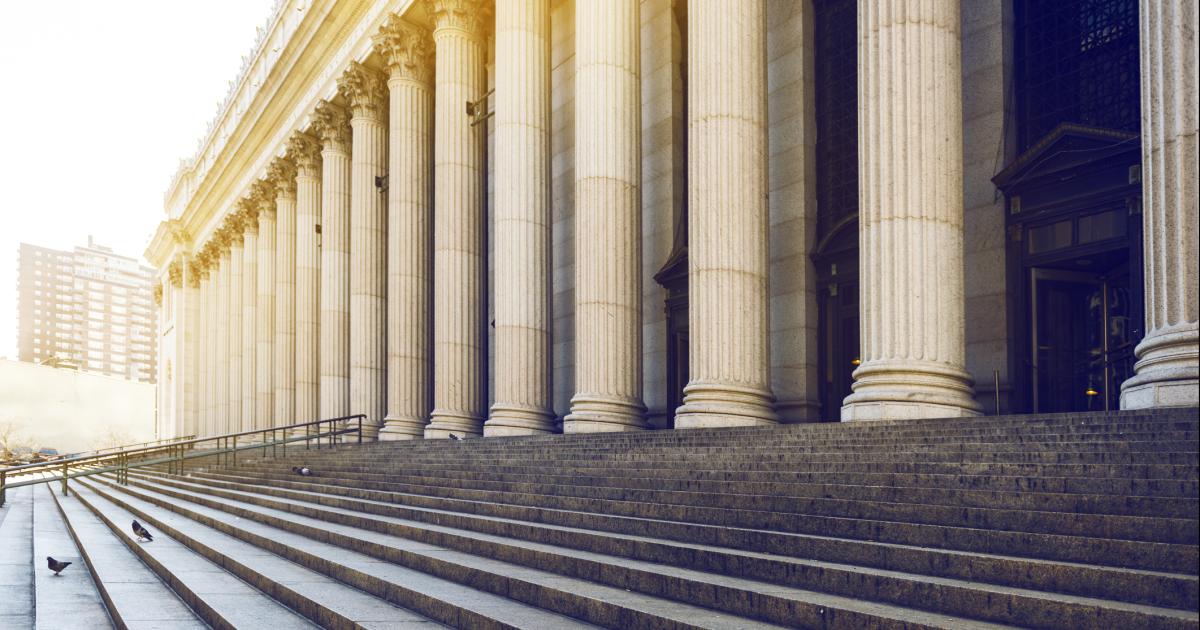In its decision in Murthy v. Missouri, a divided Supreme Court held by a 6–3 vote—Justices Clarence Thomas, Samuel Alito, and Neil Gorsuch dissenting—that the Biden administration did not have to answer for its many aggressive actions to prevent, through its “content moderation” program, the dissemination of what it called “misinformation” about the origins of and proper treatment for COVID-19. The stated ground for the court’s decision was that none of the carefully chosen plaintiffs had sufficient interest in the outcome to meet the constitutional standard on “standing” to challenge government actions.
The list of plaintiffs was not some random lineup. It included two states, Louisiana and Missouri, a trio of well-known doctors—Jayanta Bhattacharya, Martin Kulldorff, and Aaron Kheriaty—health care activist Jill Hines, and journalist Jim Hoft. In other words, the precise type of parties whose ability to present their viewpoints in the public square the government sought to neutralize. The applicable rule is that if even one of these individuals has standing, then all the others can pile on with their attacks against the varied tactics that the government used to limit their influence. The Fifth Circuit held that each party’s self-censorship was a “cognizable, ongoing harm resulting from their past censorship injuries, and therefore constitutes injury-in-fact upon which those Plaintiffs may pursue injunctive relief.”
Sadly, that argument was quickly dispatched in the Supreme Court on the ground that such “theories depend on the platform’s actions” but the plaintiffs sought “to enjoin Government agencies and officials from pressuring or encouraging the platforms to suppress protected speech in the future.” But there is no justification for assuming that the companies were the sole cause of the plaintiffs’ losses if the government induced the platform’s actions. Indeed, nothing is more common than suing one party for breach of contract and a second for inducing that breach, or for that matter for suing one party for patent infringement and another for contributory infringement. And, in this case, it is manifestly proper to sue the government for its claimed sins even if these only occurred when its representatives sought to influence the media platforms to behave in a certain way. So, it is wholly proper to enjoin government agents who are guilty of inducing some supposed harmful actions by the network platforms.
Downgrading the urgency of the plaintiffs’ position derailed the proper focus of this lawsuit: systematic abuse by high public officials, including a direct line to Surgeon General Vivek Murthy. As a result, Justice Amy Barrett was able to refine her professional chops by showing in each plaintiff’s case that somehow the past harms the plaintiffs suffered did not guarantee to a high probability that the same maneuvers would be launched against them sometime in the future.
Yet a quick look at the detailed discussion of the merits of this case in the Western District Court of Louisiana shows that this narrow approach misses the bigger story. As should be well known, the pervasive actions of the government defendants covered the full range of vital, newsworthy issues that merited scrutiny—Hunter Biden’s laptop, the possible Wuhan lab leak, the efficacy of masks and lockdowns, the efficiency of COVID-19 vaccines, and the political overtones about the conduct of the 2020 presidential elections.
The range of topics was large enough that government officials could adroitly use some combination of carrots and sticks, applied by good cops and bad cops, to induce greater cooperation by the private networks. It never was anyone’s belief that left to their own devices, these networks would have aligned themselves with the plaintiffs. But it is equally relevant that the intensity of their monitoring and policing efforts escalated in support of the Biden administration whenever government officials floated the notion of repealing Section 230 immunity for Internet activities or mounting antitrust actions (through Lina Khan’s aggressive Federal Trade Commission). During the course of oral argument, the government’s lawyer, Brian Fletcher, insisted the Biden administration could go after the media companies “so long as it wasn’t actively coercing them [for] the case is about the ‘fundamental distinction between persuasion and coercion.’ ” In one sense, Fletcher is right: persuasion means talking to people with the knowledge that you will take no further steps against them if they disagree with your arguments. But persuasion is not what happened here. Threats and promises were the order of the day—not only in public but in private conversations, where it is easier to be more candid and more pointed.
Everyone who has ever studied labor law knows that in these tight regulatory markets the definition of coercion runs broader. Section 8(c) of the National Labor Relations Act protects various forms of speech only “if such expression contains no threat of reprisal or force or promise of benefit.” If that can be demanded of employers in collective-bargaining cases, it is certainly allowable here.
But the running room for the plaintiffs in this case was wholly cut off because, for any request for forward-looking relief, the high court held they “must face a real and immediate threat of repeated injury” and thus “must show a substantial risk that, in the near future, at least one platform will restrict the speech of at least one plaintiff in response to the actions of at least one Government defendant. . . . On the record in this case, that is a tall order.” Indeed it is, as those past travails, according to Justice Barrett, are useful “only for their predictive value.” So the serious substantive charges, which had been painfully and meticulously documented in both courts below, are now rendered moot.
The Supreme Court’s decision to block any further examination on the merits is commonly said to be intended to prevent roving expeditions in the courtroom by parties who have no direct interest or stake in the case—which hardly describes these plaintiffs.
It is necessary to put the pieces together. Now the choice is explicit: either these plaintiffs are allowed to pursue these generalized grievances, or no one is. To the court, the second choice is clearly preferable to the first, because its summary dismissal leaves the plaintiffs with a tiny escape valve through which to show the kind of particularized future harm that could justify examination, but surely not the extensive examination provided by the two lower courts.
What makes this especially discouraging are the flattering terms the court’s majority uses to describe the actions of the pillars of society who are intent on rooting out misinformation about the use of vaccines and other matters, without once asking whether the truth resides with the government officials or with their vocal private critics. It may be all right for Murthy to fill government sites with this idle proclamation: “Health misinformation is a serious threat to public health. It can cause confusion, sow mistrust, harm people’s health, and undermine public health efforts.” Who would disagree? But in the face of government-driven manipulation of the discourse over public health, he cannot claim the high ground.
It is not my purpose to decide who in fact is engaged in false or misleading information, although the number of charges lodged against the Centers for Disease Control (and for these purposes, its alter ego) is very large. Many individuals, including several of the named plaintiffs, have questioned the safety of the COVID vaccine, as well as the decision of the Biden administration to ban the use of ivermectin and hydroxychloroquine—alternative and perhaps safer responses to the vaccines. The court’s pro-government narrative takes sides on a substantive issue on which it should suspend judgment. That attitude surely matters, for it is always easier to uphold government actions labeled virtuous than with those thought to be suspect. The court has not reviewed the pros and cons of vaccines, lockouts, masks, or anything else related to the pandemic, and so should never assume that the government reliably corrects misinformation even as others allege it is the source of disinformation.
Cutting off inquiry into the standing issue in this case has had the unfortunate side effect of bolstering the government’s claims by denying the opposition a public forum.
Among other things, that result has powerful implications for the presidential election. The conduct of the Biden administration during the COVID-19 period represents one of the most important issues of our time, as does the Trump administration response to that issue during much of his term of office. The court writes as if it has properly left this episode to the political branches. But the charges here are sufficiently serious, and the risk of repeated executive branch overreaching so clear, that the court should let this destructive form of political aggrandizement run its course.

















